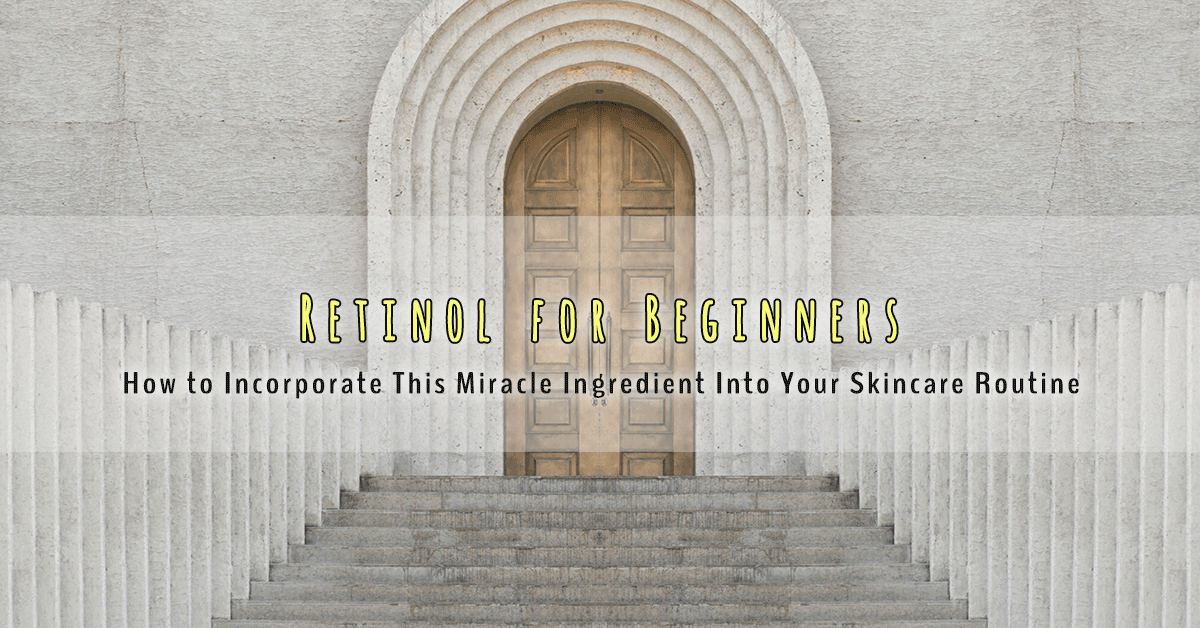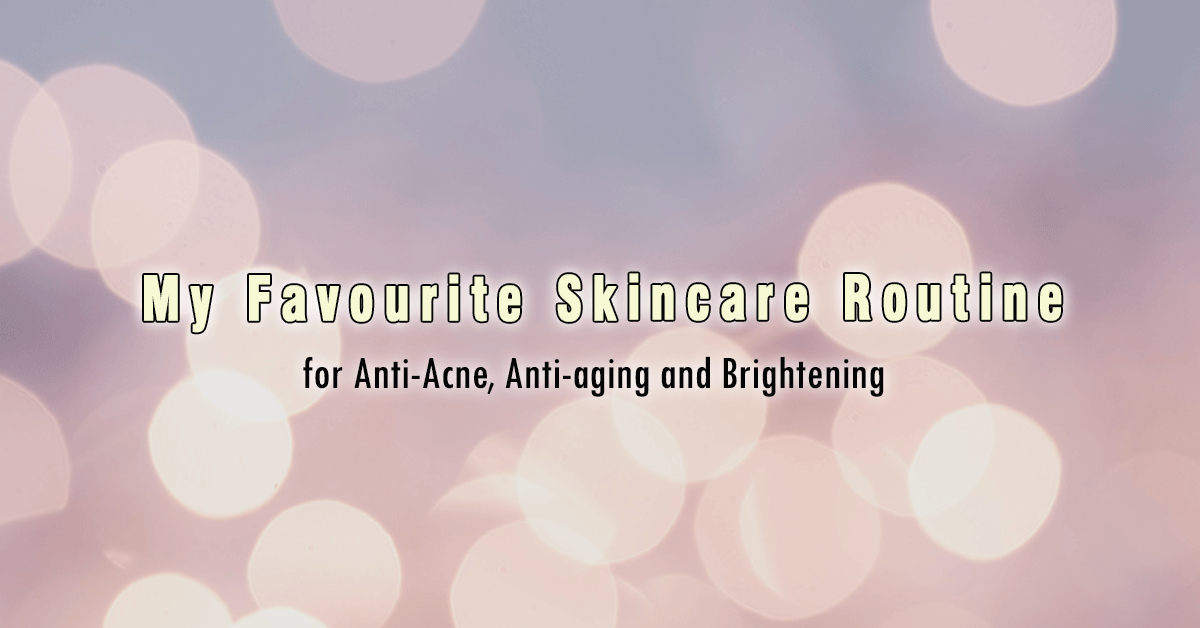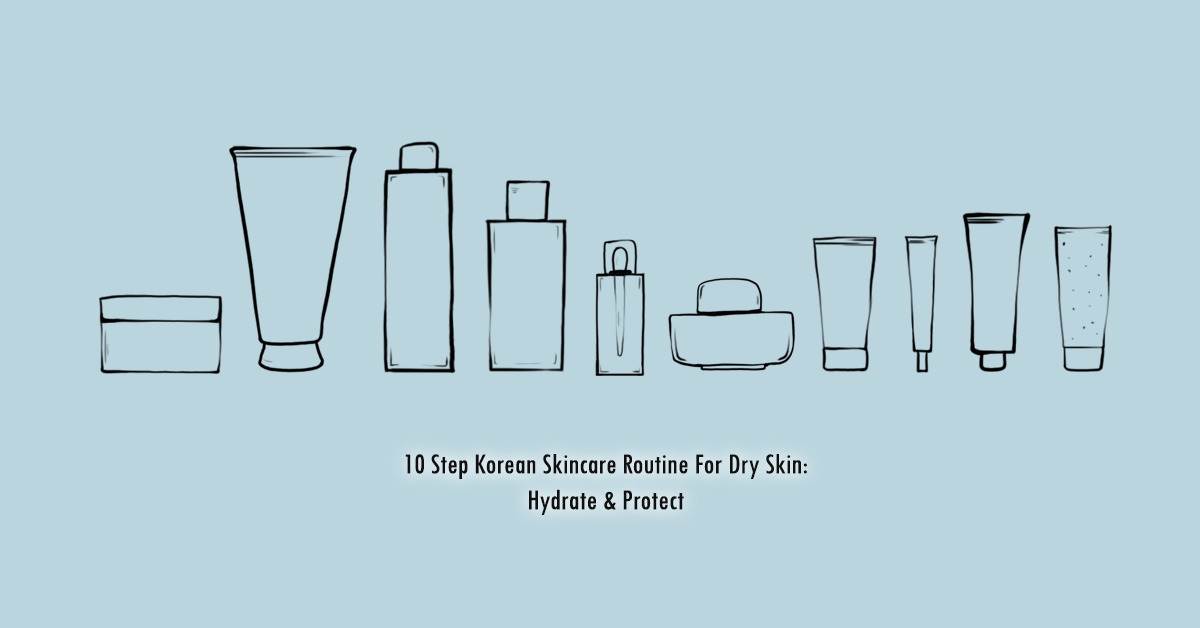Skincare
Retinol for Beginners: How to Incorporate This Miracle Ingredient Into Your Skincare Routine
Retinol is a powerful skincare ingredient that has become increasingly popular in recent years. It is often touted as a miracle worker for its ability to reduce the appearance of fine lines, wrinkles, and other signs of aging. However, retinol can also be intimidating, particularly for those who are new to the ingredient or have sensitive skin. In this blog post, we will dive into the world of retinol for beginners, exploring what it is, how it works, and how to incorporate it into your skincare routine for maximum benefits. Whether you’re a skincare enthusiast or a retinol novice, this post will provide you with all the information you need to get started with this powerful ingredient.
What is Retinol?
Retinol is a derivative of Vitamin A and a type of retinoid. It is widely recognised for its powerful anti-aging properties and ability to help reduce the appearance of fine lines, wrinkles, and age spots. Retinol works by stimulating the production of collagen, a protein that gives the skin its elasticity and firmness. As we age, collagen production naturally decreases, leading to the appearance of fine lines and wrinkles. Retinol helps to counteract this by encouraging the skin to produce more collagen, resulting in a firmer, more youthful-looking complexion.
In addition to its anti-aging properties, retinol also has benefits for acne-prone skin. It has an exfoliation effect by increasing cell turnover, preventing the buildup of dead skin cells and sebum, which helps to unclog pores and prevent breakouts, leaving the skin smooth and radiant. Additionally, retinol can help to reduce inflammation and redness associated with acne, therefore is a popular treatment among the acne-prone community.
The increased cell turnover will also reduce the appearance of sun damage and hyperpigmentation, leading to a clearer and more even skin tone.
Retinol has been the go-to skincare ingredient for many people because of its powerful ability to alleviate an array of skincare problems, from anti-aging to acne control, or simply smoother and brighter skin.
What are the different forms of Retinol?
Retinol is lipophilic, which means it is soluble in fat and other lipids. Therefore, you’ll commonly find Retinol products in cream or oil forms. Retinol can also be found in serum form, however, the texture of such serum tends to be on the creamier side.
There are also several other forms of Vitamin A that are commonly used in skincare products:
- Retinyl Palmitate: This is a combination of retinol and palmitic acid, and it is often used in products that are designed for more sensitive skin types.
- Retinaldehyde: This is a less potent form of retinol that is often used in products that are designed for beginners or those with more sensitive skin.
- Retinyl Acetate: This is another form of vitamin A that is often used in skincare products, although it is typically less effective than other forms of retinol.
From my experience, products with other Vitamin A derivatives are not as effective as products with Retinol, although you get the benefit of reduced sensitivity and the easy-to-use factor. But if you’d like to experience the true benefits of Retinol, I suggest looking for a product that contains Retinol.
Is Bakuchiol an alternative for Retinol?
Bakuchiol is often marketed as a natural alternative to retinol. So what is Bakuchiol?
Bakuchiol is a plant-based ingredient that is derived from the seeds of the Psoralea corylifolia plant, and it has been shown to provide similar benefits to retinol, such as reducing the appearance of fine lines and wrinkles and improving skin texture and tone. One of the key advantages of bakuchiol is that it is generally considered to be gentler on the skin than retinol, and is less likely to cause irritation or sensitivity.
However, bakuchiol has not been studied as extensively as retinol, so its long-term effects on the skin are still unknown.
Is Retinol Prescription-Only?
Retinol was originally only available by prescription, as it is highly concentrated and can cause irritation if not used properly. However, in recent years, many over-the-counter skincare products containing retinol have become widely available. These products contain lower concentrations of retinol, making them suitable for at-home use without a prescription. While prescription-strength retinoids may be more effective for certain skin concerns, such as severe acne or deep wrinkles, over-the-counter retinol products can still provide many benefits and are a great starting point for those new to the ingredient.
What are the side effects of using Retinol?
It’s not a secret that Retinol is not easy to use. Many people experience side effects when using Retinol, particularly when used in higher concentrations or in combination with other active ingredients or those with sensitive skin. This is due to its powerful exfoliating and rejuvenating effects on the skin.
When retinol is applied to the skin, it penetrates the top layer of the skin and triggers a range of cellular processes that can lead to changes in skin texture, tone, and overall appearance. However, these changes can also cause some disruption to the skin’s natural barrier function, which can lead to increased water loss and dryness. Additionally, retinol can increase blood flow to the skin, which can cause redness and sensitivity.
Some common side effects of retinol use include:
- Dryness and flakiness: Retinol can be drying to the skin, which can lead to flakiness and irritation, particularly in the early stages of use.
- Redness and sensitivity: Retinol can also cause redness and sensitivity, particularly if you have sensitive skin or if you use too much too quickly.
- Peeling or blistering: In rare cases, retinol can cause more severe side effects such as peeling or blistering, particularly if it is used in high concentrations or if it is combined with other active ingredients like AHAs or BHAs.
The severity of retinol side effects can vary depending on a range of factors, including the concentration of retinol in the product, the frequency of use, and the individual’s skin type and sensitivity. In general, starting with a low concentration of retinol and gradually working your way up can help to minimise the risk of side effects and allow your skin to adjust to the treatment over time.
General guide for start incorporating Retinol in your skincare routine
- Start with a low concentration of 0.1%. At 0.1% concentration, you will see immediate and noticeable benefits of using Retinol, such as increased firmness and elasticity, smoother, brighter and clearer skin, whilst the side effects are manageable.
- You can choose between cream, oil or serum products. The form is less important as long as it suits your skin type and has the right amount of concentration. I recommend the Cosrx The Retinol 0.1 Cream, which would suit most skin types, and you can simply replace your moisturiser with the Retinol Cream. For very oily skins, you can still use the cream, but make sure you use it sparingly. For dry skins, you can top the cream with another moisturiser or use an oil product instead.
- Start with a low frequency of every third night. Retinol makes your skin more sensitive to sunlight, therefore it’s recommended you do not use it in the morning. Every third night is just a guidance, you can reduce or increase the frequency based on how sensitive your skin is. For example, if you experience no reactions when using every third night, then you can increase the frequency to every second night.
- When you experience the side effects such as dryness, redness, burning sensation or peeling, stop using it and replace it with a soothing cream/serum until your skin is back to normal condition.
- If you’re using a Retinol Cream, it’s recommended to pair it with a soothing serum such as the Mixsoon x UNA Master Serum. On the alternate days, use a barrier repairing moisturisation cream to help the skin recover from the side effects. My favourite is the Real Barrier Extreme Cream.
- Do not use Retinol with the following ingredients. These ingredients will cause too much irritation to the skin and exacerbate the abovementioned side effects.
- All Acids, e.g. AHA, BHA, PHA
- Benzoyl peroxide
- Generally, avoid all exfoliating and harsh ingredients
- Do not chase for higher concentration and more frequency. You may find yourself excited with the benefits that Retinol has delivered to your skin, but resist the urge to “upgrade” to higher concentration or more frequency. In fact, try to keep using the 0.1% cream every second night, unless you don’t see any positive effects on the skin. This is because Retinol acts as a stimulus to the skin, the more you put on, the more your skin will react to it, and eventually your skin will adapt to it and you will not necessarily see more positive effects. If you keep the stimulus low and every second day, your skin will recover before it receives another one, this way you will keep receiving the benefits without deteriorating the skin barrier.
- Retinol products may require to be stored in the fridge to keep its freshness.
A complete skincare routine incorporating Retinol
When incorporating Retinol into your skincare routine, try to include products with soothing, hydrating and barrier-repairing properties, which will alleviate the side effects of Retinol. Try to keep the routine simple and let Retinol do its job of improving the skin.
The following is a complete skincare routine incorporating Retinol suitable for most skin types.
Step 1: Cleansing
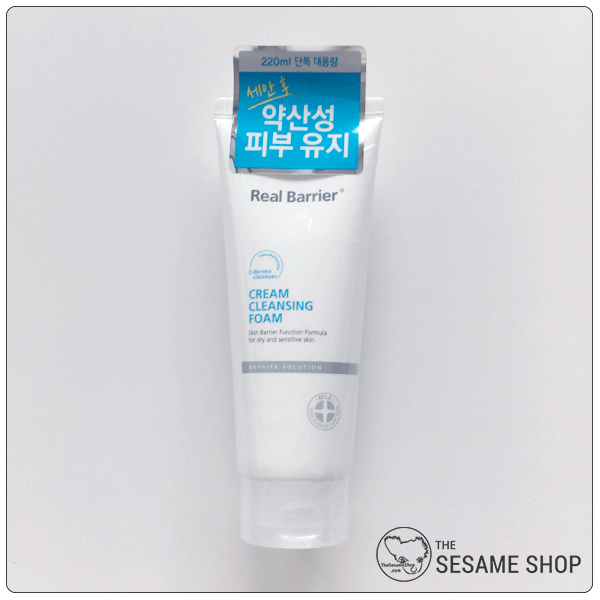
A low pH gentle cleanser that removes dirt and sebum whilst moisturise the skin and strengthen the skin barrier.
Step 2: Toning
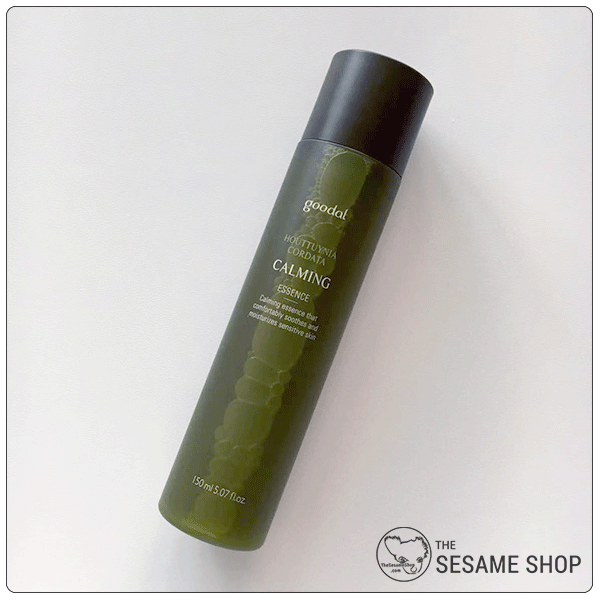
Lightweight essence that soothes and hydrates the skin, helps to alleviate side effects of Retinol.
Step 3: Serum

Lightweight serum with soothing and hydrating ingredients to calm and hydrate the skin.
Step 4: Retinol Cream

Medium weight cream with 0.1% Retinol to effectively improve the skin without too much irritation. Perfect for beginners.
Step 4: Cream (alternative days)

Highly moisturising cream that repairs the skin barrier, helps moisturise the skin and alleviate side effects of Retinol.


